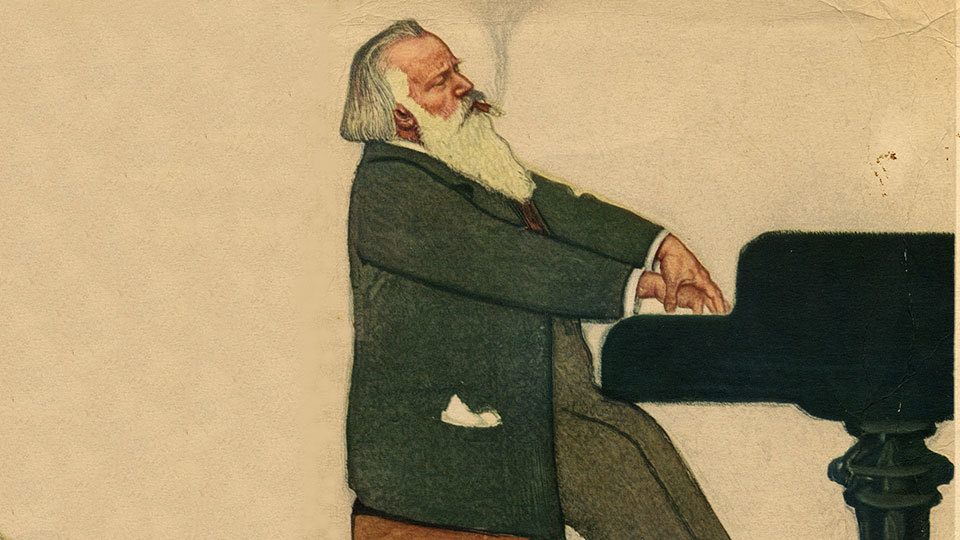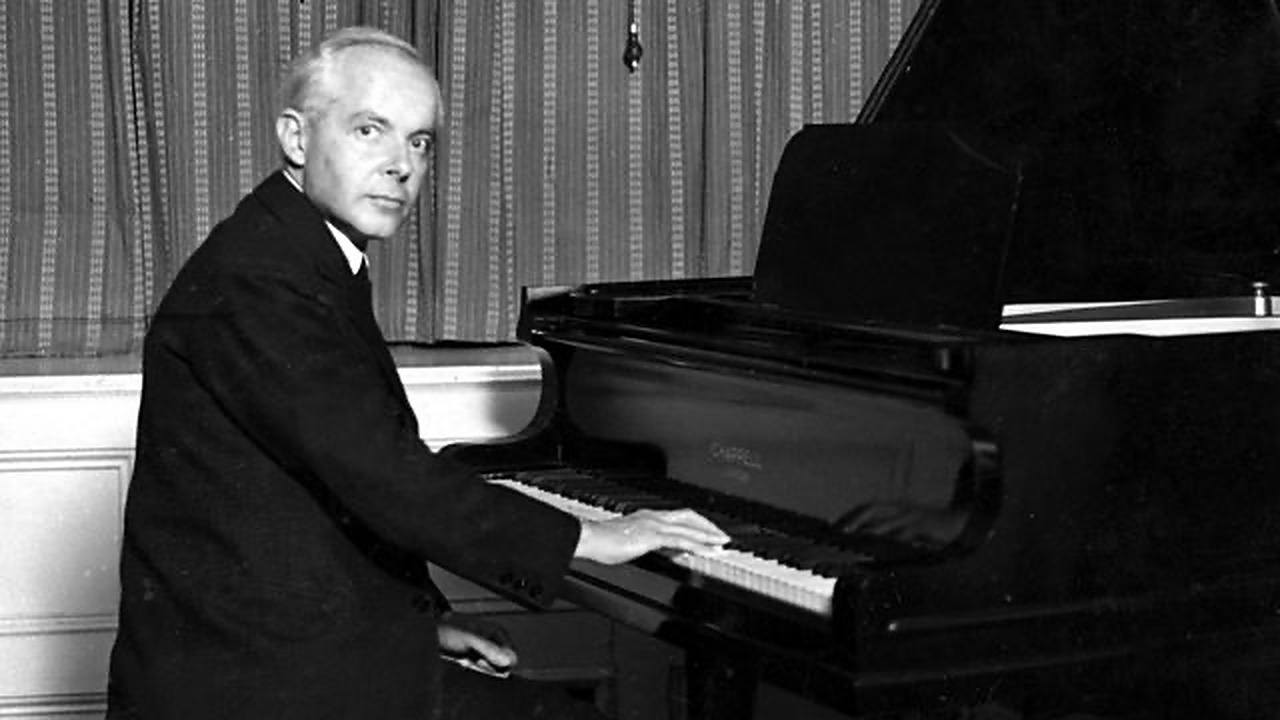William Walton’s First Symphony: Sensuous and Searing
Sir William Walton’s Symphony No. 1 in B-flat minor begins with a magical coalescing of elements. Voices awaken, and the Symphony springs to life with a sense of suddenness and inevitability. There is a hushed B-flat timpani roll, the warm sonic blur of three successive horn tones (B-flat, F, and G), a pulsating heartbeat in the violins, the plaintive song of the oboe, a response in the bassoon, and darting, descending lines …







